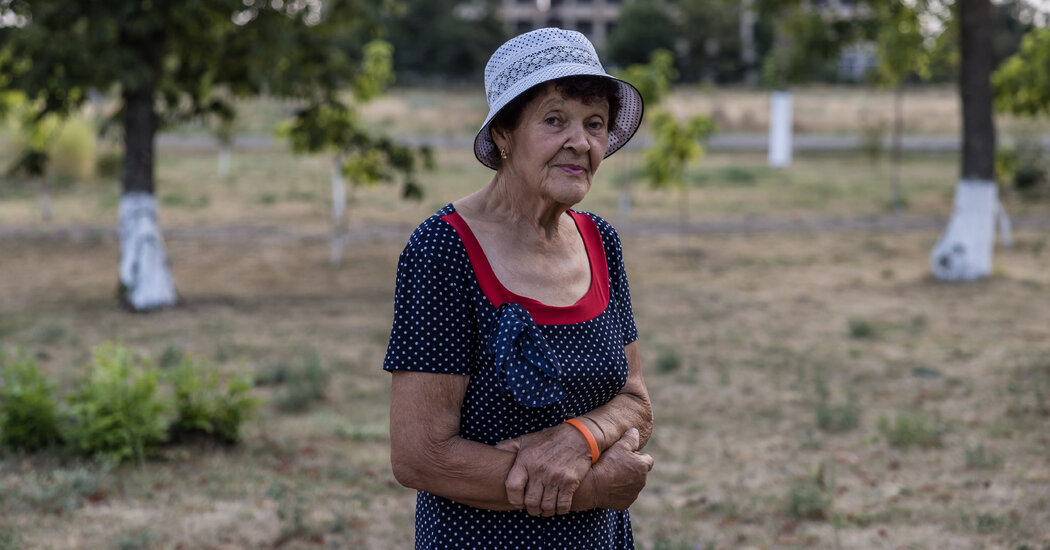Thousands of women may have been raped by Russian soldiers, experts say, but have kept quiet for fear of the stigma. But that is changing.
Thousands of women may have been raped by Russian soldiers, experts say, but have kept quiet for fear of the stigma. But that is changing.
Carlotta Gall and Oleksandr Chubko
New York Times reporters spent several days with women survivors of conflict-related sexual violence in Kherson region of southern Ukraine.
A 77-year-old former high school teacher, turned out in a neat dress and hat, has been creating a quiet revolution in the villages of Kherson region in southern Ukraine.
Standing before a group of 10 women in a tent in the center of a village in Ukraine’s south last summer, she recounted her ordeal three years ago under Russian occupation.
“What I went through,” said the woman, named Liudmyla, her voice wavering. “I was beaten, I was raped, but I am still living thanks to these people.”
Beginning last year, Liudmyla and two other survivors, Tetyana, 61, and Alisa Kovalenko, 37, have spoken at a series of village meetings to raise awareness about conflict-related sexual violence. The meetings have been among the first efforts by survivors of sexual assault to bring into the open one of the most painful aspects of the Russian invasion of Ukraine: what prosecutors and humanitarian workers say is widespread sexual assault of Ukrainian women under Russian occupation.
Liudmyla and Tetyana asked that their surnames and village names not be published to protect their privacy. Ms. Kovalenko has long spoken openly about the assault on her, which occurred in 2014 during the war with Russian-backed separatists in eastern Ukraine.
Relatively few women in Ukraine have come forward to report cases of rape during the conflict because of the stigma attached to sexual assault in Ukrainian society, which is deeply religious and conservative, especially in rural areas. Prosecutors have registered more than 344 cases of conflict-related sexual violence in Ukraine since the Russian invasion in February 2022, 220 of them women, including 16 underage women.
We are having trouble retrieving the article content.
Please enable JavaScript in your browser settings.
Thank you for your patience while we verify access. If you are in Reader mode please exit and your Times account, or for all of The Times.
Thank you for your patience while we verify access.
Want all of The Times? .
Source: www.nytimes.com
